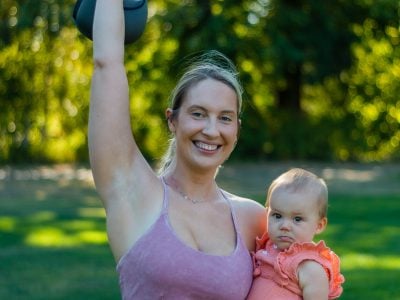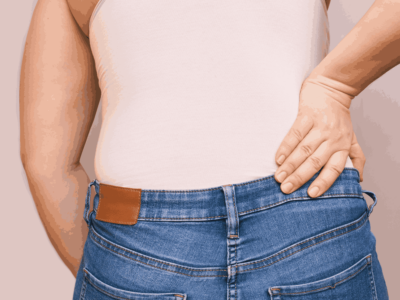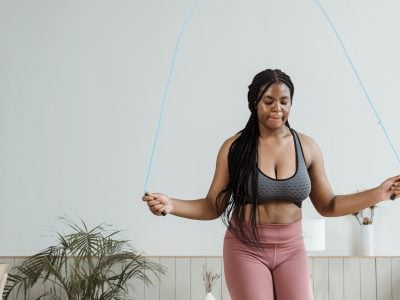MUTU RESOURCES
Evidence-based information to help you navigate and feel more in control as your body changes through motherhood.
These free MUTU Resources offer medically recommended, up-to-date strategies and advice to alleviate symptoms, get stronger and improve how you feel.
What do you need help with?
Postpartum Exercise
- How and when to start postpartum exercise
- Postpartum weight loss
- Choosing the right workouts for you
- Getting back to running, lifting or HIIT
Diastasis Recti
- What is Diastasis Recti?
- Causes and symptoms for Diastasis Recti
- How to Heal with Diastasis Recti exercises
- Safe ab exercises and what to avoid
- Can you heal a Diastasis years later?
Back Pain
- Back pain during pregnancy
- Postpartum back pain and what you can do
- Exercises to relieve back pain
- Back pain after c-section
- Diastasis recti and back pain
Post-Birth Recovery
- Post-birth recovery - what's normal?
- Recovery and exercise after birth
- Sex after childbirth
- Birth trauma, PTSD and birth shame
Pelvic floor, bladder leaks and incontinence
Pelvic Floor Guide for Postpartum Women
- What is your pelvic floor?
- Why does pelvic floor health matter?
- What are the symptoms of a weak pelvic floor?
- Does having a baby weaken your pelvic floor?
- How do I strengthen my pelvic floor?
- When should I see someone if I'm experiencing pain?
Perimenopause and Menopause
Perimenopause, Menopause and your pelvic floor. How hormonal changes in midlife affect your core and pelvic floor muscles.
C-Section
- C-section recovery
- Exercise after c-section
- Healing your core after c-section
- Back pain
- Birth trauma, PTSD
Hernia and Prolapse
- Hernia and prolapse symptoms
- Types of prolapse
- Exercise for prolapse
- Treatment options and surgery
Weight Loss
Free resources and tips for postpartum weight loss.
- Postpartum weight loss: Everything you need to know
- Healthy weight loss after pregnancy
- Healthy nutrition and eating
- Hormones and weight loss
Mental Health
- Maternal mental health and confidence
- Birth trauma and PTSD
- Dealing with pelvic health issues at work
- Dignity, function and managing symptoms
Stories and Results
- Stories and results from real Moms
- Videos, photos and stories
- New (and not so new) Moms
- Survey and trial results
Pregnancy
- How to modify pregnancy exercise
- Pelvic girdle pain and SPD
- Healthy weight gain and what to eat
- Diastasis in pregnancy
Pelvic Girdle Pain and SPD
- Pelvic Girdle Pain and SPD exercises
- Causes and risk factors for SPD
- Pelvic pain in pregnancy
- Managing PGP and SPD






